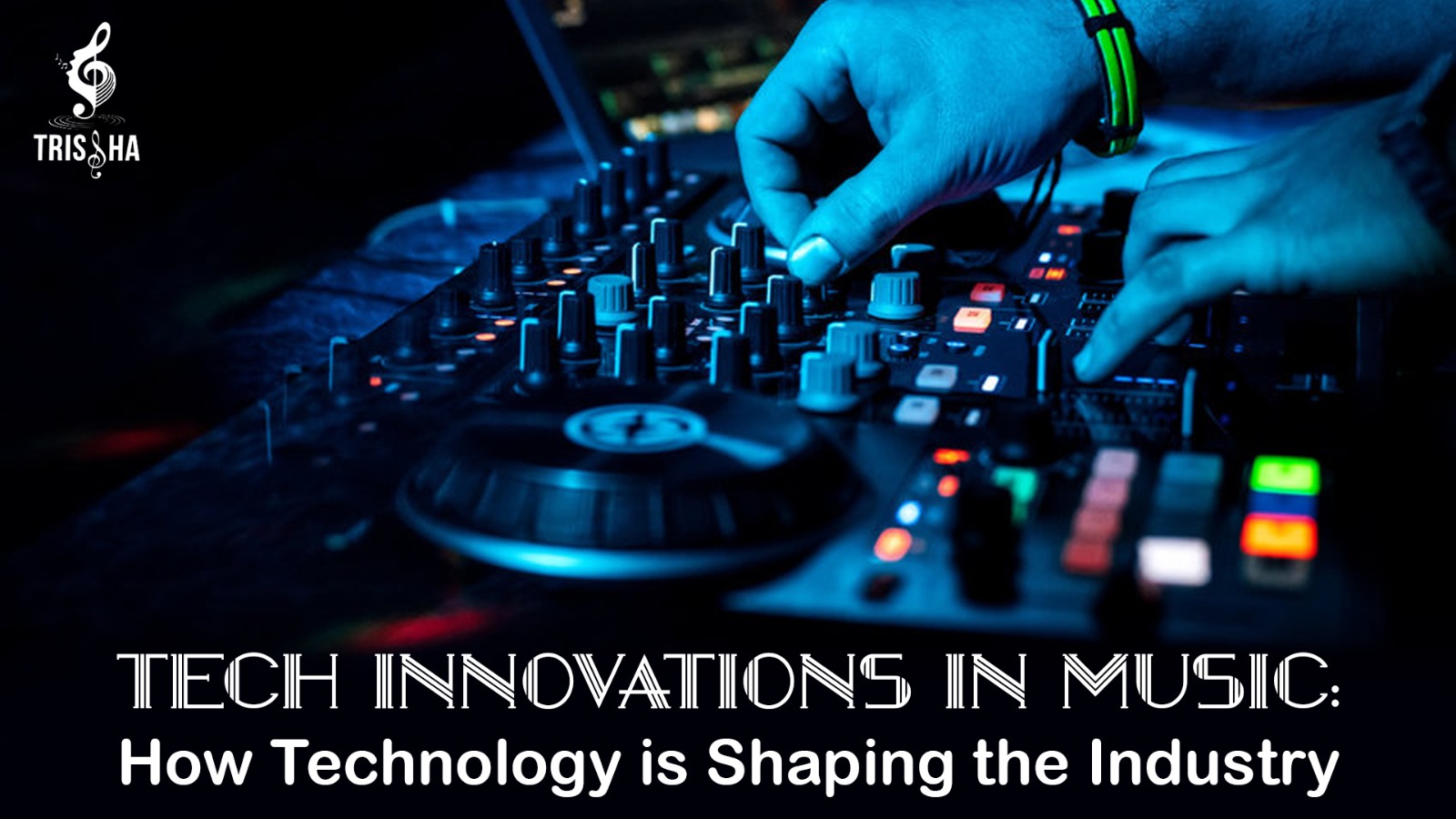Tech Innovations in Music: How Technology is Shaping the Industry
The music industry has always been at the forefront of embracing new technologies. From the invention of the phonograph to the rise of digital streaming, each technological leap has transformed how music is created, distributed, and consumed. In recent years, several innovations have significantly impacted the industry, making music more accessible and diverse than ever before.
The Evolution of Music Technology
The journey of music technology began with Thomas Edison’s phonograph in 1877, which allowed sound to be recorded and played back for the first time. This invention was followed by the gramophone, which used flat discs instead of cylinders, making it more practical for mass production. The early 20th century saw the advent of radio, bringing music into homes across the world.
The 1960s introduced the cassette tape, enabling people to record and share their own music. This was a precursor to the compact disc (CD) in the 1980s, which offered superior sound quality and durability. The late 1990s and early 2000s marked the digital revolution with the introduction of MP3s and digital downloads, fundamentally changing how music was distributed and consumed.
Digital Audio Workstations (DAWs)
One of the most transformative innovations in music production is the Digital Audio Workstation (DAW). DAWs are software platforms that allow musicians and producers to record, edit, and mix music on a computer. This technology has democratized music production, making it accessible to anyone with a computer and the right software. Popular DAWs like Ableton Live, Logic Pro X, and Pro Tools have become industry standards, enabling artists to produce high-quality music from their home studios.
Auto-Tune and Pitch Correction
Auto-Tune, introduced in the late 1990s, is a pitch correction software that has become ubiquitous in modern music production. It allows producers to correct pitch errors and create unique vocal effects, contributing to the distinctive sound of many contemporary pop songs. While some critics argue that Auto-Tune is overused, its impact on the music industry is undeniable.
Streaming Services
The rise of streaming services such as Spotify, Apple Music, and Tidal has revolutionised how people listen to music. These platforms offer access to millions of songs for a monthly subscription fee, making it easier than ever to discover new music. Streaming has also changed the economic landscape of the music industry, with artists now earning revenue based on the number of streams their songs receive.
Social Media and Music Promotion
Social media platforms like YouTube, Instagram, and TikTok have become essential tools for music promotion. Artists can now reach global audiences without the need for traditional record labels. Viral trends and challenges on these platforms can propel songs to international fame overnight. This shift has given rise to a new generation of independent artists who can build their careers online.
Virtual Reality (VR) and Augmented Reality (AR)
Virtual Reality (VR) and Augmented Reality (AR) are beginning to make their mark on the music industry. VR concerts and AR music videos offer immersive experiences that were previously unimaginable. These technologies allow fans to experience live performances from the comfort of their homes, providing new ways for artists to connect with their audiences.
The Future of Music Technology
Looking ahead, the future of music technology promises even more exciting developments. Tech Innovation in music engineering, immersive audio experiences, and new forms of musical expression are on the horizon. As technology continues to evolve, it will undoubtedly shape the music industry in ways we cannot yet fully predict.
In conclusion, technology has played a pivotal role in shaping the music industry. From the early days of the phonograph to the digital revolution and beyond, each innovation has brought new possibilities for artists and listeners alike. As we move forward, the synergy between music and technology will continue to drive the industry towards new heights, making music more accessible, diverse and engaging for everyone.







There are no comments